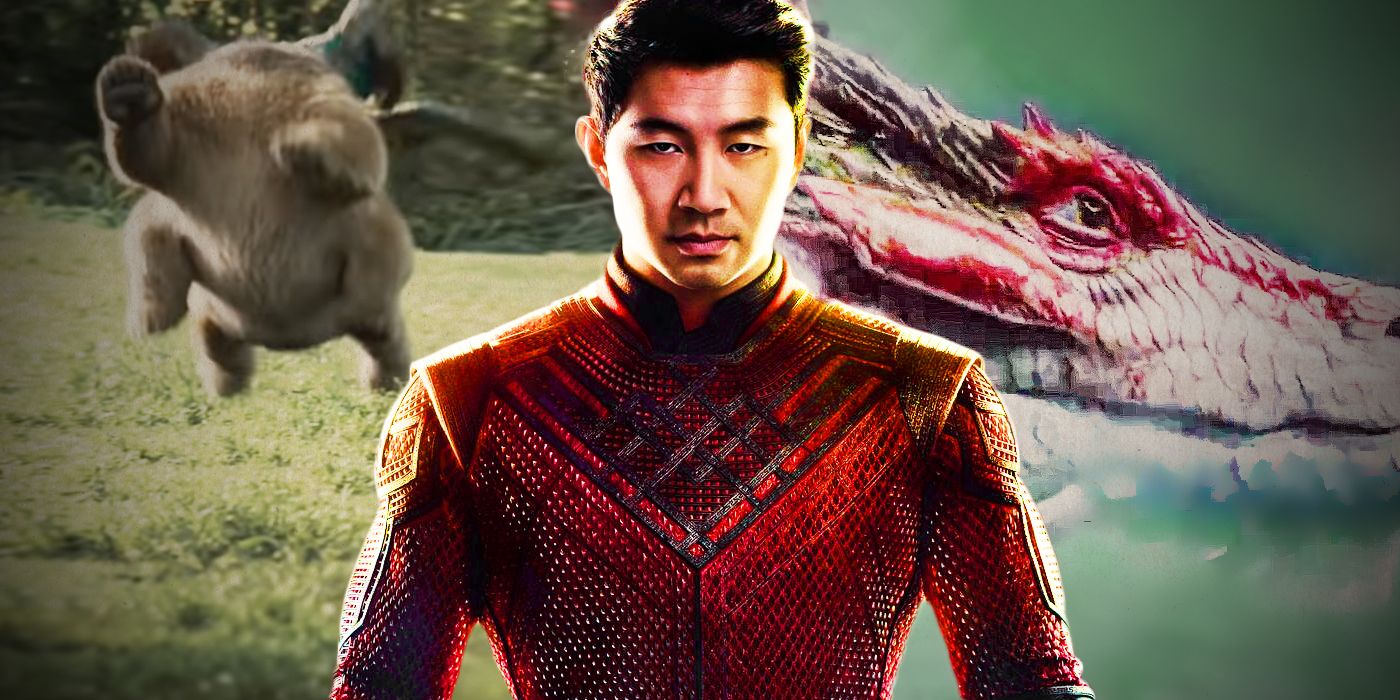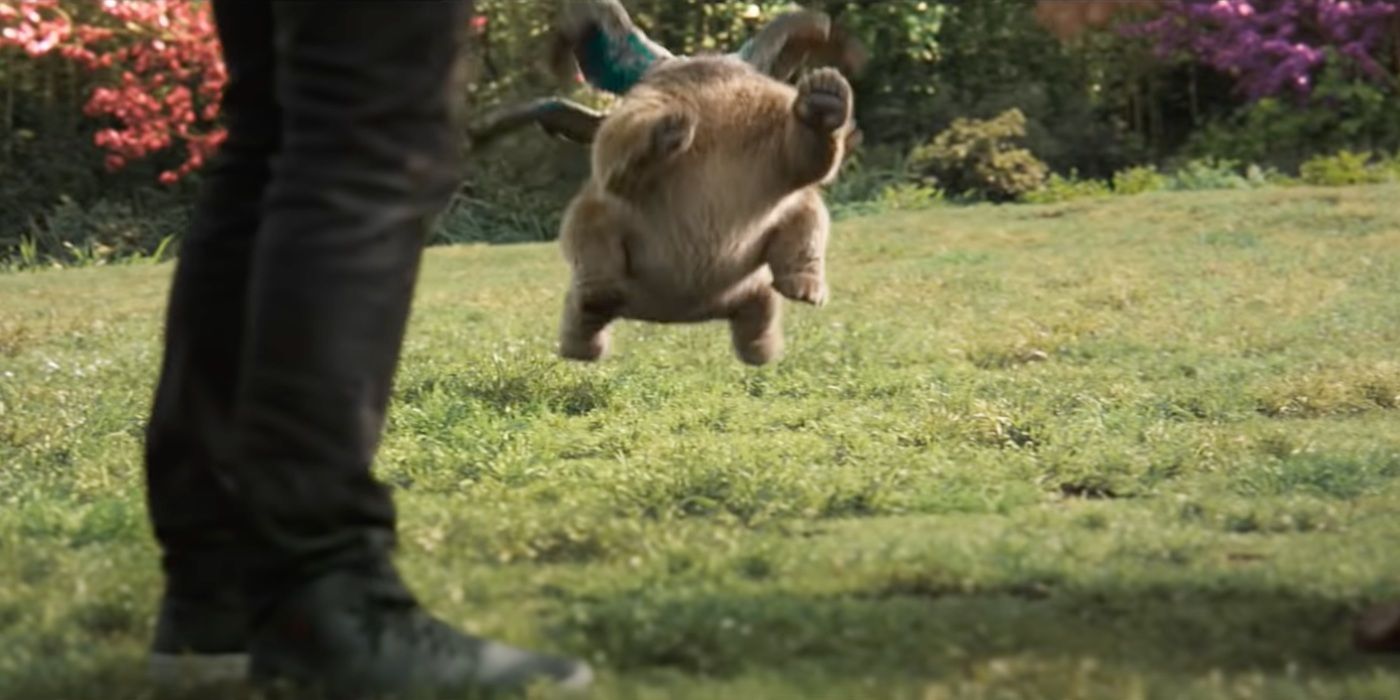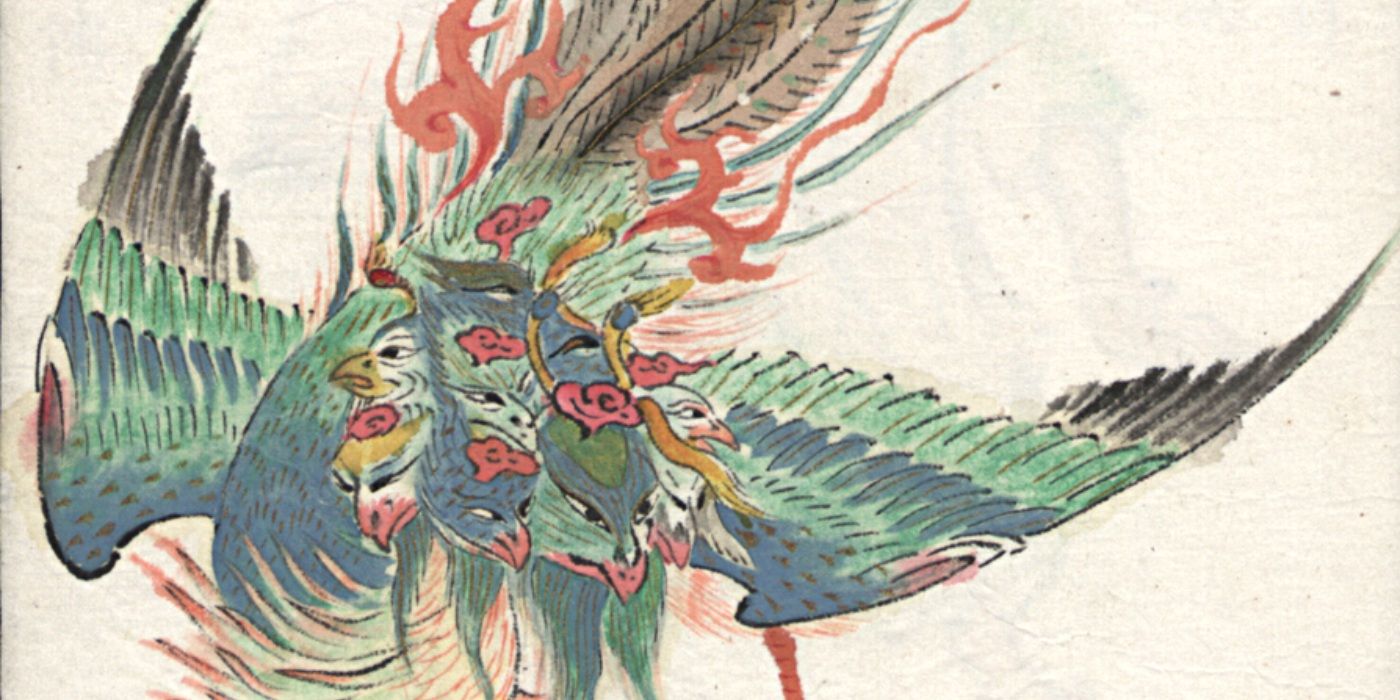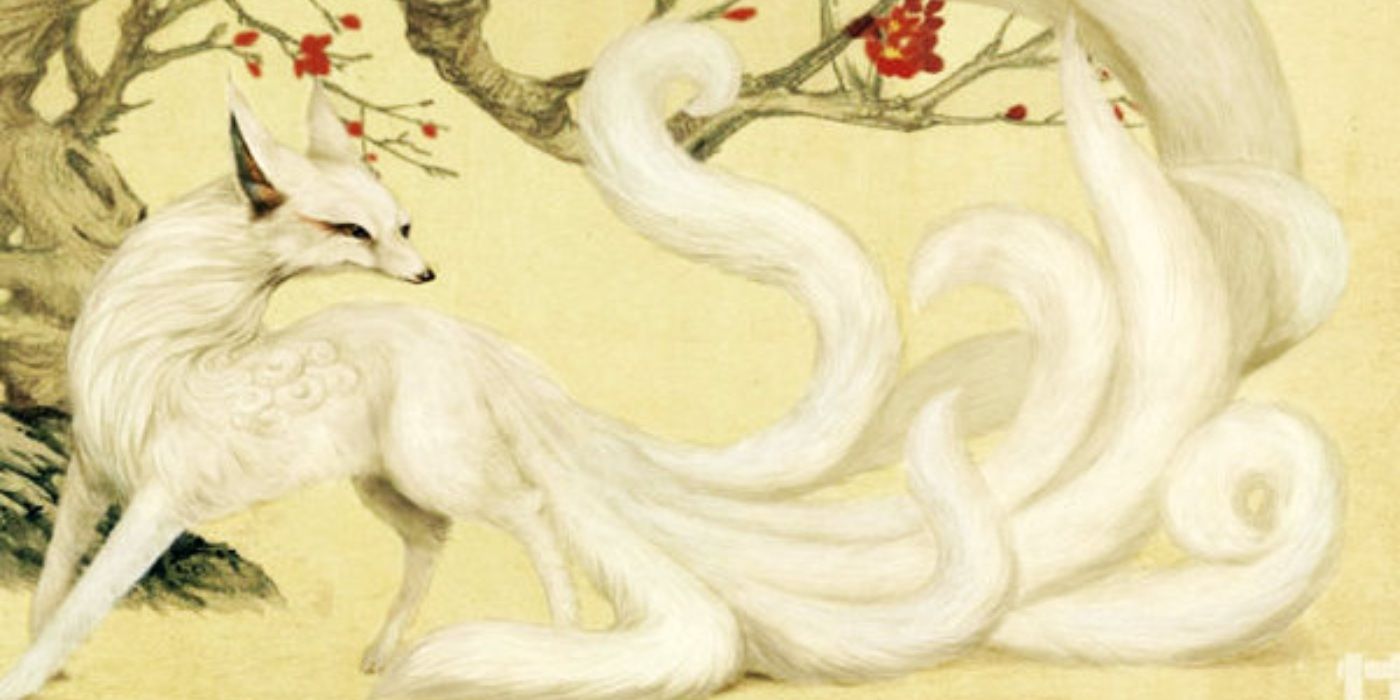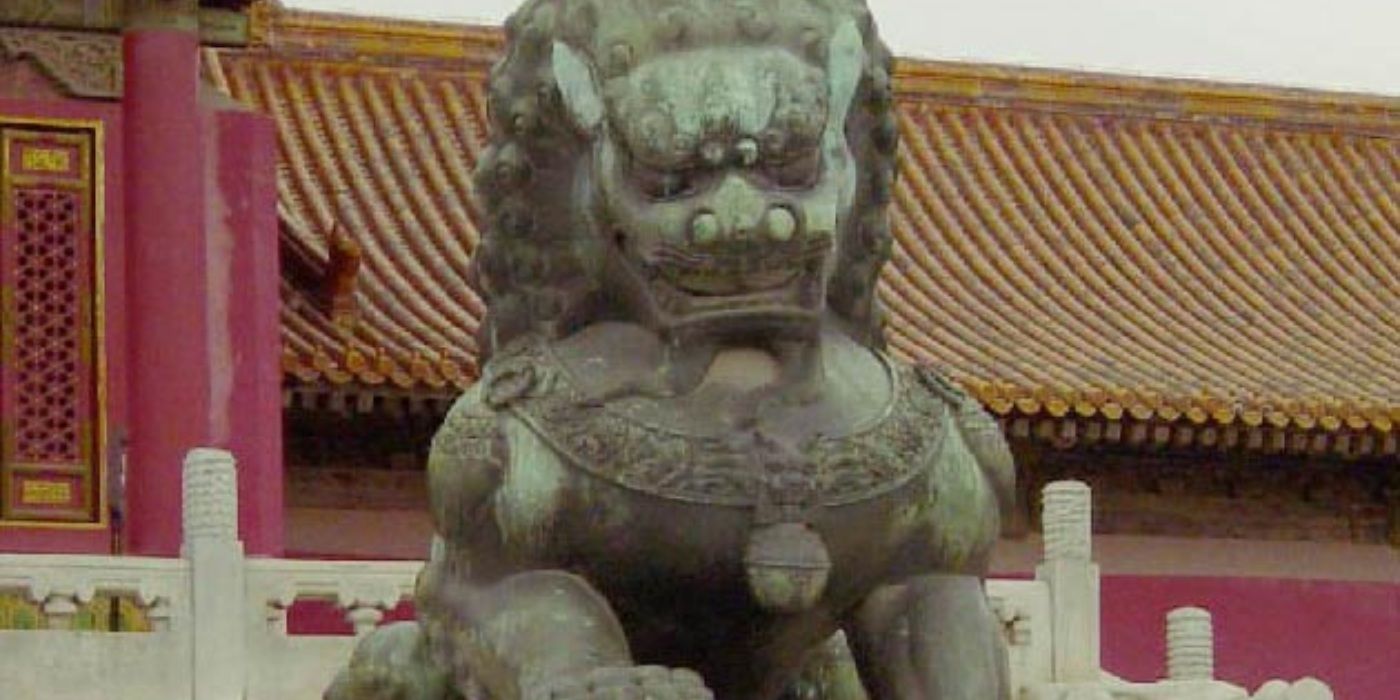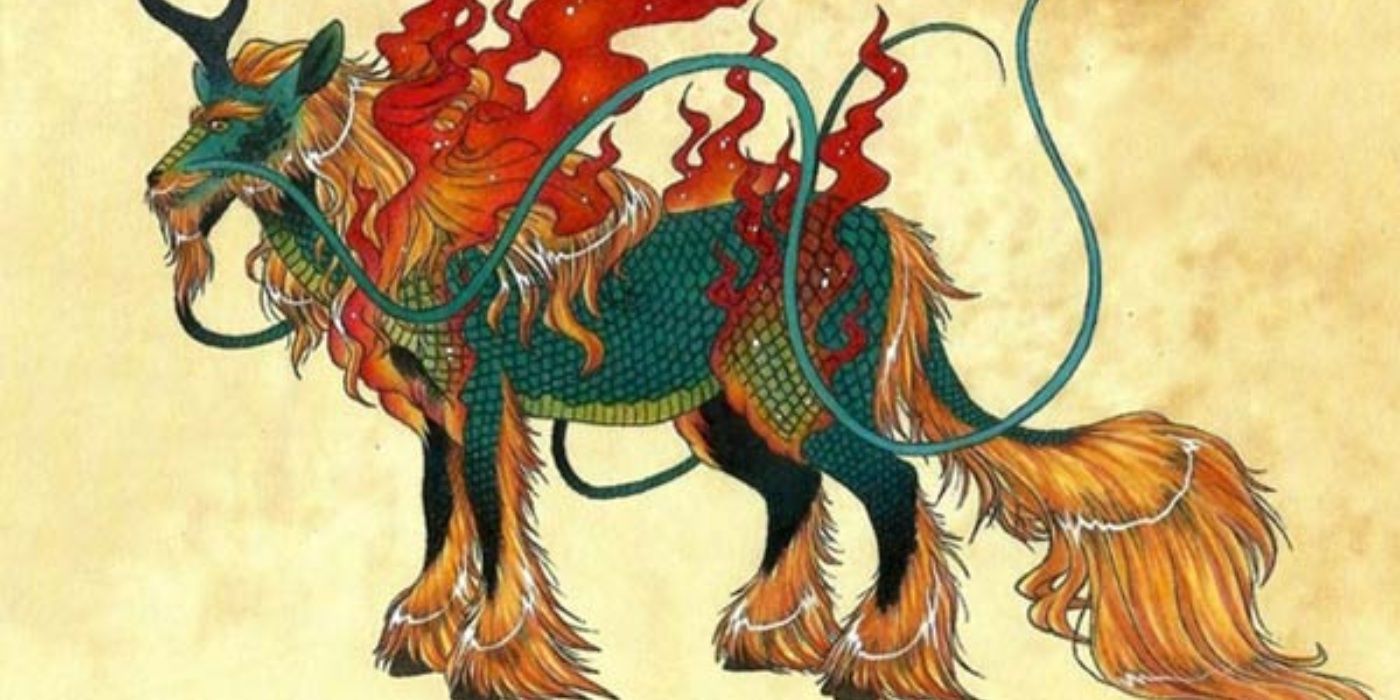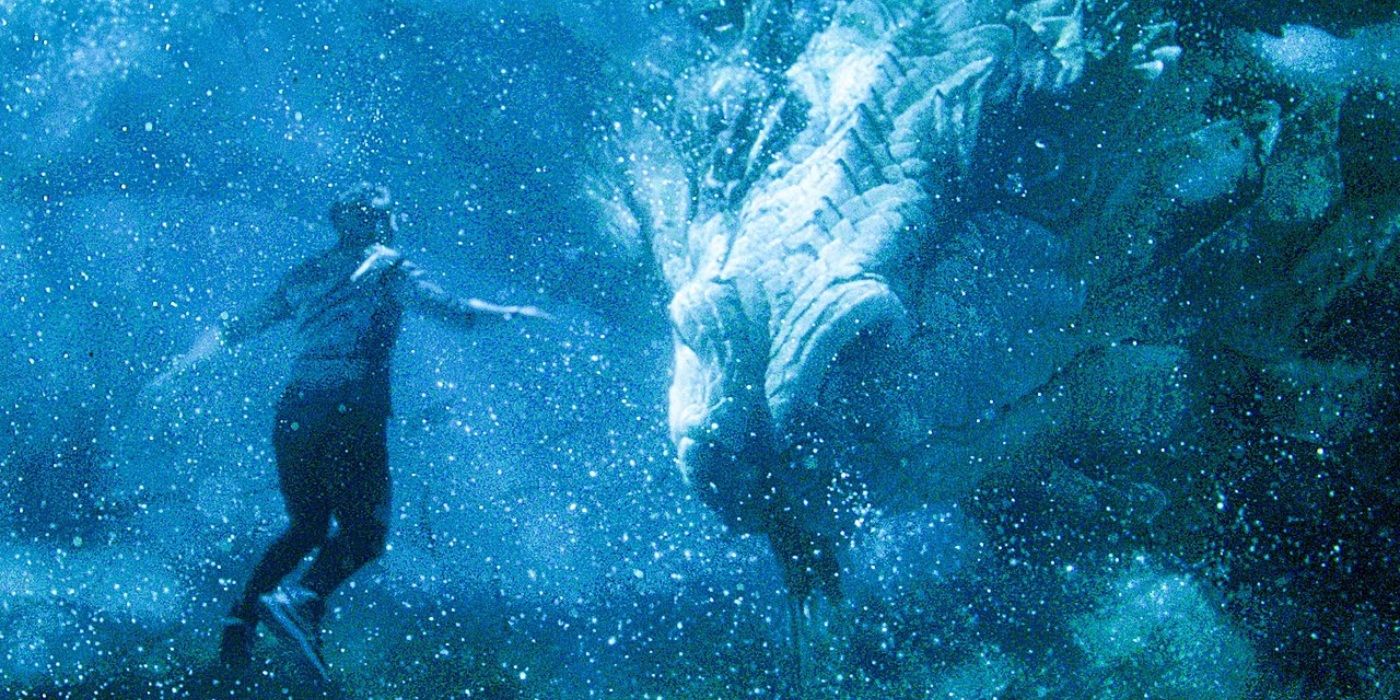WARNING: The following contains spoilers for Shang-Chi and the Legend of the Ten Rings, now in theaters.
Marvel Studios' latest entry in the Marvel Cinematic Universe, Shang-Chi and the Legend of the Ten Rings, tries its best to insert loads of Chinese culture into the film. That includes a mixture of both the most well-known and most obscure creatures from Chinese mythology. But these beasts and spirits aren't just funny looking animals, as the film may depict them; with these creatures, there is more to the myth than meets the eye.
For those who would like to know the history of these beings and their significance to the culture Shang-Chi tries to capture, we've compiled a list of all the mythical beasts that appear in Shang-Chi. These are creatures of power, fortune and divinity, and we'll bring you the stories attached to them and their meaning as prescribed throughout thousands of years of Chinese history.
Dijiang
Shang-Chi and Katy were right to be taken aback by Morris. With no face, six legs and two pairs of wings, this creature seems like something straight out of Trevor Slattery's imagination, but this furry creature is actually based on a mountain-dwelling primordial god called DiJiang (帝江 dì jiāng), sometimes called the Divine Di Jiang (神灵帝江 shén líng dì jiāng). It appears in an ancient text from as far back as 400 BC, titled Classic of Mountains and Seas (山海经 Shan Hai Jing).
The text is believed to have been bestiary of sorts, filled with a wide variety of mythical creatures and their locations across China during the Warring States period of the 4th Century BCE to the establishment of the Han dynasty somewhere around 200 BC. DiJiang has been viewed as a personification of Hundun (混沌 Hùndùn), which is essentially the chaotic force that birthed all things. The creature is said to enjoy song and dance and lives in a state of confusion, which it also inflicts on others.
Fenghuang
Another creature straight from the Classic of Mountain and Seas, the fenghuang (鳳凰 fènghuáng) is often compared to a phoenix, though the two share few real similarities. The creature rules over all birds and is a hybrid of several beasts that vary depending on the text describing it. Shang-Chi doesn't offer a great look at the variant the filmmakers went with; they only showed them as being bright and evidently on fire.
The birds have existed in Chinese mythology for at least 8,000 years and have been used to symbolize luck or virtue. In the past, "Feng" referred to the male and "Huang" referred to the female, but they came to be used together during the Yuan dynasty, between 1271 to 1368, to describe the animal regardless of gender.
Likely stemming from the Classic of Mountain and Seas, it is said fenghuang dwell in the Kunlun Mountains in Northern Tibet. They have been used to decorate royal garments, ceramics, weddings and more, often alongside dragons to symbolize virtue or the union of Yin and Yang. In fact, the ancient text states that each part of a fenghuang represents a different quality: the head represents virtue, the wing represents duty, the back represents propriety, the abdomen represents credibility and the chest represents mercy.
Huli Jing
Huli jing (狐狸精 húlijīng) are nine-tailed foxes that have inspired a lot of modern works in film and television. They are described in Classic of Mountain and Seas as residing around Green-Hills Mountain or Sunrise Valley. They sound like babies and devour people. If eaten, huli jing provide protection against the venom of insects.
Over time, they came to be known as mischievous spirits whose presence could be interpreted as dire portents or omens of great fortune. Later edits to the Classic of Mountain and Seas introduced a new aspect of the huli jing myth: they could transform into beautiful women, psychic mediums or promiscuous men, depending on how old the fox is. When it reaches a thousand years of age, huli jing can ascend to heaven and attain divinity.
Shishi (Guardian Lions)
These guardian lions often decorate the grounds of ancient Chinese palaces and temples. They are colloquially referred to as lion dogs or foo dogs/fu dogs, but they are stone lions, or shishi (石獅; shíshī). It is believed that these creatures were inspired by lions that arrived in China through trade with Silk Road merchants during the Han dynasty. Gradually, they were reimagined and came to play an important role when Buddhism became a major religion during the Han dynasty, as the protectors of dharma -- which is the "truth" that Buddhism was founded on, if we were to oversimplify it.
Given the regal appearance of these stone lions, they continued to guard the royal palaces, even after Buddhism as a belief lost its place in China. Their use in Shang-Chi and the Legend of the Ten Rings is therefore not entirely inappropriate, since they are guarding a sacred place. The only liberty they took was their eccentric manes and the huge fangs protruding from their jaws.
Qilin
Just when Shang-Chi, Katy, Xialing and Trevor Slattery thought they had seen it all in the forest surrounding Ta Lo, their car comes to a sudden halt to let larger creatures pass. Bearing horns and several dragon-like features, what Slattery referred to as a "weird horse," was actually a qilin (麒麟)-- a mythical creature far older than most others that appear, first appearing in The Commentary of Zuo in the 5th century BC, which is a commentary on another historical chronicle.
Old legends state that a pair appeared in the garden of the deified Yellow Emperor, Huangdi, in 2697 BCE and that Emperor Wu of Han caught a live qilin in 122 BC. They helped to establish the role of emperor as a divine one. Qilin were once believed to accompany deities as pets, and their presence were thought to signal the arrival of an immortal or a member of royalty. Statues of these regal creatures can sometimes be seen at certain Chinese palaces, though the myth exists in other cultures across South East Asia.
Dragon
Undeniably the most recognizable creature from Chinese myth, the snake-like dragon (龙 lóng) appears in Shang-Chi and the Legend of the Ten Rings and with a fitting amount of eminence. In ancient Chinese culture, dragons were associated with divine power, and the emperor, who was seen as the son of Heaven, usually surrounded himself with carvings or drawings of these creatures. They are often associated with the sky and the water, and in many ancient texts, dragons are responsible for moving bodies of water such as rivers and waterfalls, and some, like the Dragon Kings, who take on a more human appearance, are even responsible for rain.
Dragons have been used to symbolize power, virtue, wisdom, strength and fortune in China for thousands of years, since at least 6200 BC. They continue to play a significant role in Chinese culture, still appearing as symbols in almost all aspects of everyday life, from commonly used idioms to food and even architecture. In Hong Kong, for example, many skyscrapers are constructed with 'Dragon Gates,' which would allow dragons to fly through them from the mountains to reach the sea, symbolizing prosperity and ensuring a positive flow of qi.
You can see all these ancient Chinese creatures in Shang-Chi and the Legend of the Ten Rings, in theaters now.

